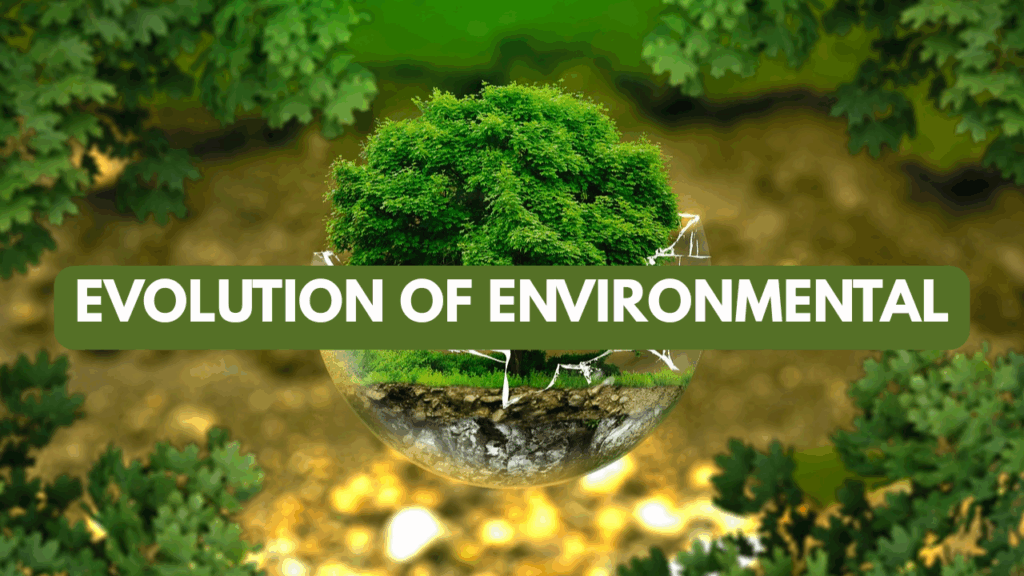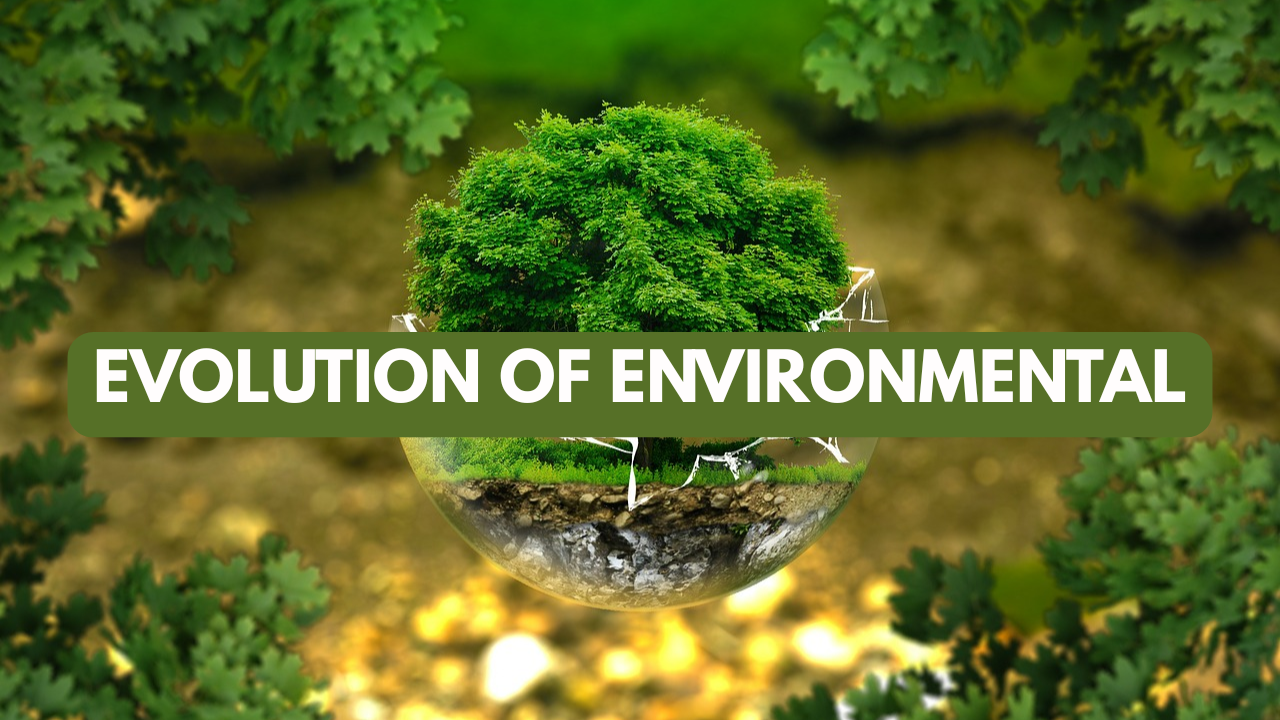
Environmental law in India has undergone a remarkable transformation over the decades, evolving from scattered regulations during colonial times to a comprehensive legal framework addressing pressing concerns of pollution, conservation, and sustainable development. The journey reflects changing priorities—initially focused on revenue and resource control, and later expanding into protection of air, water, forests, biodiversity, and climate action.
Early Roots: Pre-Independence Regulations
Environmental concerns in colonial India were secondary to economic exploitation. Most legislations were aimed at revenue collection and controlling resources for the British administration.
- Indian Forest Act, 1865 & 1927: Established state control over forests to secure timber for railways and industry.
- Shore Nuisance Act, 1853: Addressed coastal pollution and industrial waste dumping.
- Factories Act, 1881 & 1948: Introduced basic worker safety measures and regulation of industrial emissions.
These early laws laid the groundwork for a more structured environmental framework but were limited in scope and vision.
Post-Independence Developments: Building the Foundation
After 1947, independent India recognized the need for laws that balanced development with ecological protection.
- Constitutional Provisions:
- Article 48A (Directive Principles) – State must protect and improve environment and safeguard forests and wildlife.
- Article 51A(g) – Fundamental duty of every citizen to protect the natural environment.
- National Council for Environmental Policy (1972): Formed after India’s participation in the Stockholm Conference on Human Environment.
- Water (Prevention and Control of Pollution) Act, 1974: First comprehensive legislation to control water pollution and establish Pollution Control Boards.
The Turning Point: Bhopal Gas Tragedy and Judicial Activism
The Bhopal Gas Tragedy of 1984, one of the world’s worst industrial disasters, exposed the inadequacies of existing laws. This catalyzed a wave of reforms:
- Environment (Protection) Act, 1986: An umbrella law empowering the central government to regulate all forms of pollution, environmental clearances, and standards.
- Public Liability Insurance Act, 1991: Ensured immediate relief for victims of industrial accidents.
- Judicial interventions by the Supreme Court and High Courts played a critical role, expanding the scope of Article 21 (Right to Life) to include the right to a clean and healthy environment. Landmark cases like M.C. Mehta vs. Union of India brought in principles such as polluter pays and precautionary principle.
Strengthening of Institutions and Policies
The 1990s and 2000s witnessed institutional strengthening and global alignment:
- National Green Tribunal (NGT), 2010: Established for speedy disposal of environmental cases.
- Wildlife Protection Act, 1972 & Forest Conservation Act, 1980: Expanded to preserve biodiversity and curb deforestation.
- Air (Prevention and Control of Pollution) Act, 1981: Strengthened regulatory power against vehicular and industrial pollution.
- National Environment Policy, 2006: A framework emphasizing sustainable development and community participation.
Contemporary Framework: Climate Change and Sustainability
Today, India’s environmental law is deeply intertwined with global challenges and commitments:
- Implementation of Paris Agreement commitments and National Action Plan on Climate Change (NAPCC).
- Promotion of renewable energy laws and incentives for solar, wind, and green hydrogen.
- Expanding role of courts and civil society in enforcing accountability for air quality, waste management, and groundwater preservation.
- Emerging focus on Environmental, Social, and Governance (ESG) compliance for businesses.
Key Principles Underpinning Indian Environmental Law
- Precautionary Principle – Prevention is better than cure.
- Polluter Pays Principle – The polluter bears the cost of damage.
- Public Trust Doctrine – Natural resources are held by the state in trust for citizens.
- Intergenerational Equity – Rights of future generations must be protected.
Overview Table
| Period | Key Laws/Events | Significance |
|---|---|---|
| Colonial Era (1850–1947) | Forest Acts, Shore Nuisance Act, Factories Act | Resource control, worker safety basics |
| Post-Independence (1947–1970s) | Constitutional Provisions, Water Act, CPCB | Recognition of environmental governance |
| 1980s (Turning Point) | Bhopal Disaster, Environment Act, Judicial Activism | Comprehensive legal framework begins |
| 1990s–2000s | Air Act, Wildlife Protection, Forest Conservation, NEP 2006 | Expansion of environmental scope |
| 2010s–Present | NGT Act, Climate Policies, ESG Compliance | Stronger institutions & global alignment |
FAQs
Q1. What was the most important turning point in Indian environmental law?
The Bhopal Gas Tragedy of 1984, which led to the Environment (Protection) Act, 1986.
Q2. Which constitutional articles address environmental protection in India?
Articles 48A and 51A(g) specifically mandate protection and preservation of the environment.
Q3. What role does the judiciary play in environmental governance?
The judiciary expanded the right to life under Article 21 to include the right to a clean environment and enforced principles like polluter pays and precautionary principle.

